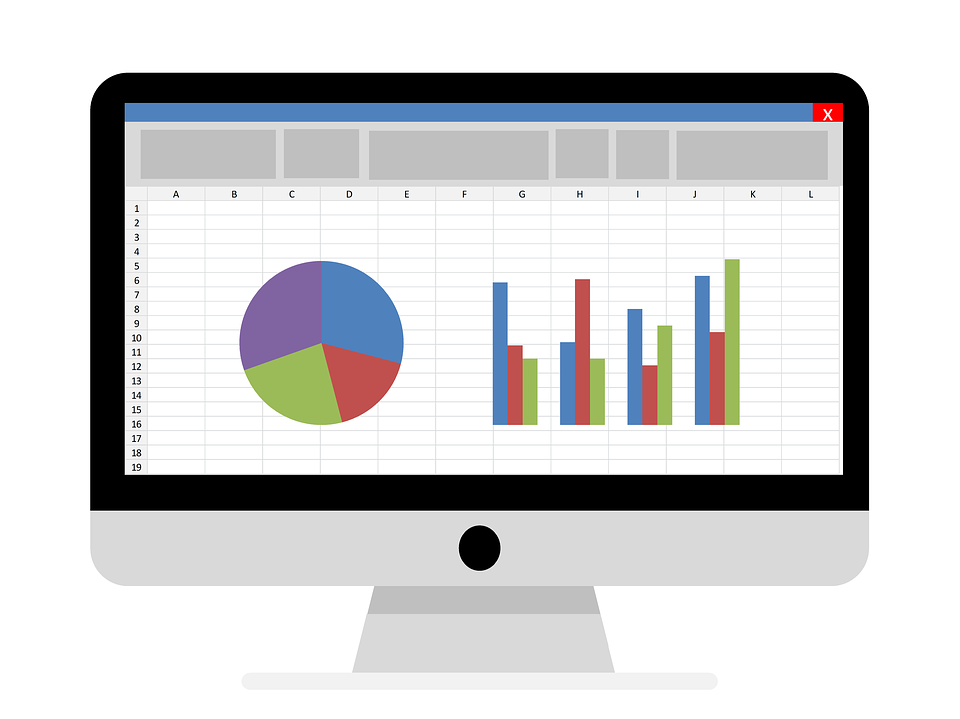Microsoft Excel was never intended as a forecasting tool. Initially released in 1987, the idea was to offer basic spreadsheet capabilities. Over time, Excel has been adapted for use as a Decision Support System (DSS). However, with purposefully crafted software now available, fewer companies are lingering in the dark ages. Here’s how to improve your forecasting performance by avoiding Excel.
Know Who Is Doing What
One of the enduring problems of demand forecasting using Excel is the lack of tracking capability. When it comes to demand forecasting, it really helps to know where the figures are coming from, who has added them, and who has altered them. Excel demands perfect levels of numerical accuracy from everyone involved, and the chances of achieving this in a complex business are slim. Forecasting software gives greater visibility, increased control, and enhanced accuracy.
Stop Wasting Time
Consolidating different flows of information into a single format is notoriously time-consuming. Forecasting software was designed to respond to this basic Excel flaw. As companies evolve, they become ever more complicated, and bringing together the spreadsheets from multiple departments is both labour intensive and prone to errors. Advanced forecasting software takes care of the Excel forecasting issue instantly, unlocking valuable time that can be spent on real productivity.
Get A Clear View
Excel is not designed to burrow into the metric heart of an organisation. This places demand and responsibility on managers, who are required to rifle through the numbers and arrive at valid interpretations. Unsurprisingly, accuracy is not always on target, and Excel makes this harder by not being designed for DSS (Decision Support System). Purpose-built forecasting software removes the manual element, offering a crystal clear view of the numbers, along with transparent advice about what they mean. This enables the decision makers to work with accurate information, enabling strategic agility.
Keeping An Eye On Cost
The point of sales forecasting is to keep costs lean. The closer a business can get to the perfect ratio of stock to sales, the better. Relying on software that has not been crafted with that purpose in mind is, therefore, a counterintuitive move. From creeping errors to the cumbersome interface, the money saved by Excel forecasting tends to leak out in lost time, bad maths, and human error. Software that overcomes these hurdles quickly makes financial sense, which is followed by cumulative financial gains.
Staying Ahead Of Competitors
Competitive advantage can be found in surprising places. Owning the market requires creativity and innovation, but this is not just needed at the product end. Shaking off antiquated organisational practices is equally vital. This often means updating technology so that the internal mechanics of a company are operating at a digital rather than an analogue pace. The old, worn-out familiarity of demand forecasting using Excel has the unnerving habit of lulling organisations into a false sense of security, meaning that they miss out on the competitive energy that a software revamp can bring.
To learn more about how fresh software can enhance your inventory management, speak with one of our planning specialists today.
Image source: Pixabay

